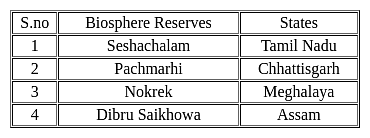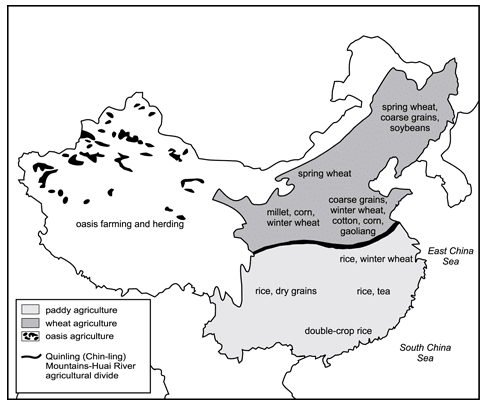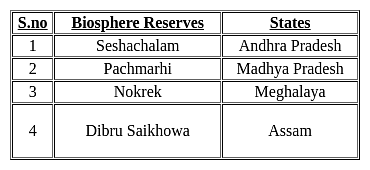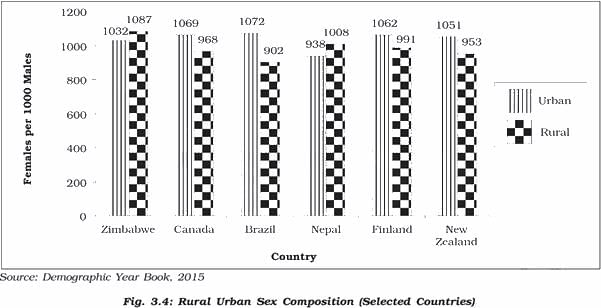TS SET Paper 2 Mock Test - 5 (Geography) - TS TET MCQ
30 Questions MCQ Test TS SET Mock Test Series 2024 - TS SET Paper 2 Mock Test - 5 (Geography)
Between 2010 and 2019, India's population grew at an average annual rate of:
Consider the following pairs:

Which of the pairs given above are correctly matched?

Consider the following statements with reference to most of the western countries:
1. Males outnumber females in rural areas.
2. Females outnumber the males in urban areas.
Which of the above statement(s) is/are correct?
a) balanced regional development
b) Eradication of poverty
c) Increasing trend in life expectancy
d) Technological development
Choose the correct option:-
The primary contributor to the increase in atmospheric carbon dioxide, a major greenhouse gas, is most likely due to:
According to the passage, the primary driver of global warming is:
Which is not an effect of ocean current on the socio-economic and climatic condition of the coastal region?
Depletion of ozone molecules in the stratosphere is due to
Use the map below showing the main agricultural regions in China to answer the question that follows.

To explain the origins of the regional difference in Chinese agricultural production shown in the map, which of the following types of information would be most useful?
i. With the technological advancement, the environment has affected beyond recognition.
ii. Mega cities and conurbation have not much affected the environmental conditions as they are developed in an environment friendly way.
iii. Global warming is an impact of technological advancement.
iv. Acid rain is due to the frontal formations.
Choose the correct option from below:
With reference to the Tropical Cyclones, consider the following statements:
1. Cyclone forming over land has an effect over a large area.
2. If a cyclone stays at a place, rains may continue for a longer duration than average.
3. Temperature of ocean water must be higher than approx 27oC for the formation of cyclones.
How many of the statements given above are correct?
Given below are some human activities:
A. Digging of mines
B. Constructing dams
C. Collection of leaves and herbs to sell them in the market
D. Weaving baskets from bamboo
E. Making leaf plates out of fallen leaves.
Which of the following statements are responsible for the disappearance of forests ?
|
60 tests
|




















